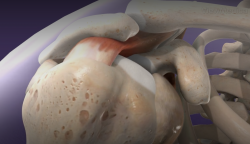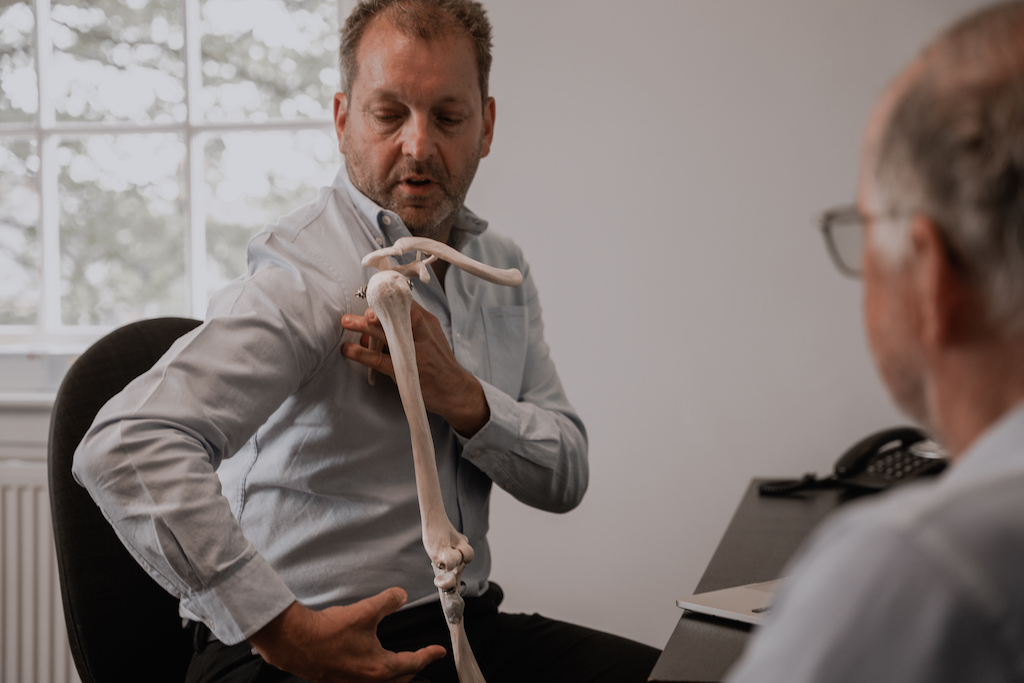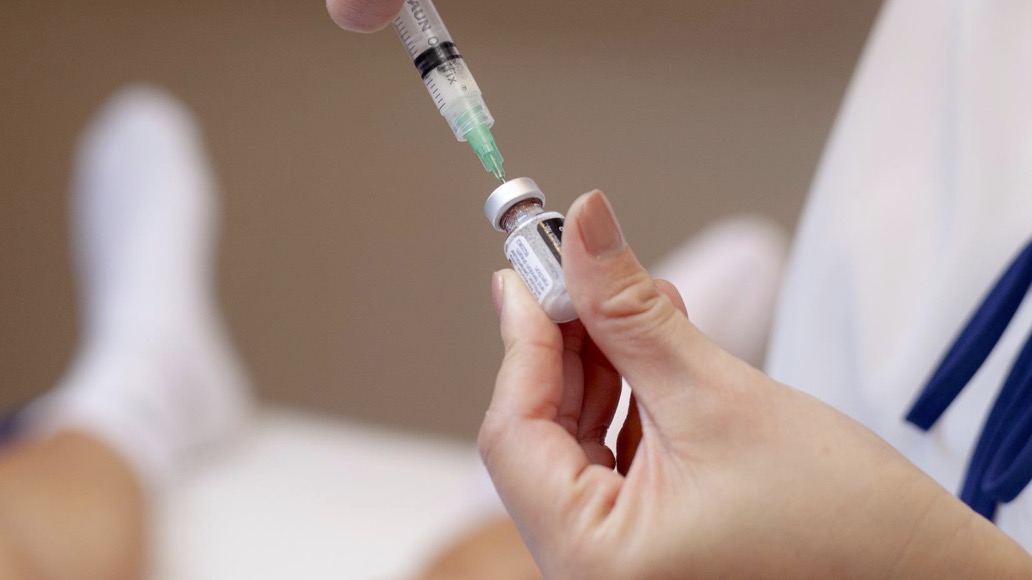What is subacromial pain syndrome (SAPS)?
As physiotherapists we see a lot of shoulder problems in clinic and, of these, there is one condition that is the commonest cause of shoulder pain – subacromial pain syndrome (or SAPS). Just to give you some idea, it is estimated that up to 25% of the UK population will experience shoulder pain of some kind at any given time. Of those people, SAPS is responsible for around 65% of the cases and that represents a huge number of people. So if you haven’t had shoulder problems yourself – you will certainly know someone who has!
SAPS carries a variety of labels (such as rotator cuff related pain, shoulder impingement, subacromial bursitis and rotator cuff tendinopathy) but they all mean pretty much the same thing. Subacromial pain syndrome however, seems to be the term that has now become universally adopted.
What are the symptoms of SAPS?
SAPS is characterised by pain on the front and outer aspect of the arm. It is commonly accompanied by a feeling of weakness in the arm. The pain is usually aggravated by lifting activities (i.e. lifting the kettle), overhead activities (i.e. reaching up to cupboards) and lying on the affected side. Placing the hand behind the back (to reach for a seat belt or fasten a bra for example) are often painful too. The symptoms can vary in intensity but can often develop into debilitating pain – and that can have a big impact on day to day life. The good news is, that whilst recovery is usually lengthy, it can and does get better! You can find out more about treatment in Sarah’s blog here.
Why is the shoulder vulnerable to injury?
Let’s start with the anatomy and talk about joints first of all. Joints are the structures that connect one bone to another. Some joints are very stable but have less mobility (the knee or elbow would be good examples of this) and others are very mobile but are less stable (the shoulder is the ultimate example of this).
That brings us on to the muscles because the shoulder relies on muscles almost entirely to provide the stability it needs as well as the huge power it requires to function fully. And there are a lot of muscles involved in normal shoulder function – 33 to be precise (that’s an interesting fact you can drop into a conversation!) This is why shoulder problems are best left for us physios! The joints and muscles all have to work in perfect synchrony to achieve the many activities the shoulder is responsible for – it positions our hand wherever we want it, can withstand our entire body weight and deliver a tennis ball down court at 120mph!
What are the rotator cuff & sub-acromial bursa?
The rotator cuff are the deepest muscles around the shoulder and they provide a lot of the stability needed at the shoulder as well as initiate movement. Injury to these important muscles are the most common causes of subacromial pain syndrome and the mechanism of how the problem develops is described in this helpful video.
Lying alongside the rotator cuff is the subacromial bursa which is also sensitive to compression and injury (when inflamed it is known as ‘bursitis’) and this too can be squeezed and contribute to subacromial pain syndrome in this area.
When the rotator cuff muscles are injured, the normal synchronised pattern of movement is usually lost and this leads to pain, disturbed sleep and reduced day to day function.
What causes SAPS?
So there are many different things that can cause subacromial pain syndrome including:
– rotator cuff injury
– wear and tear
– bony changes
– muscle weakness
These can all be differentiated from other causes of shoulder pain (e.g. capsulitis/frozen shoulder) by any of our skilled team. Further information about the exact cause of the problem can be ascertained by diagnostic ultrasound which has gained increasing use for problems around the shoulder in recent years.
Click on the links to find out lots more information about the best treatment for subacromial pain syndrome and the best exercise for sub-acromial pain syndrome.













